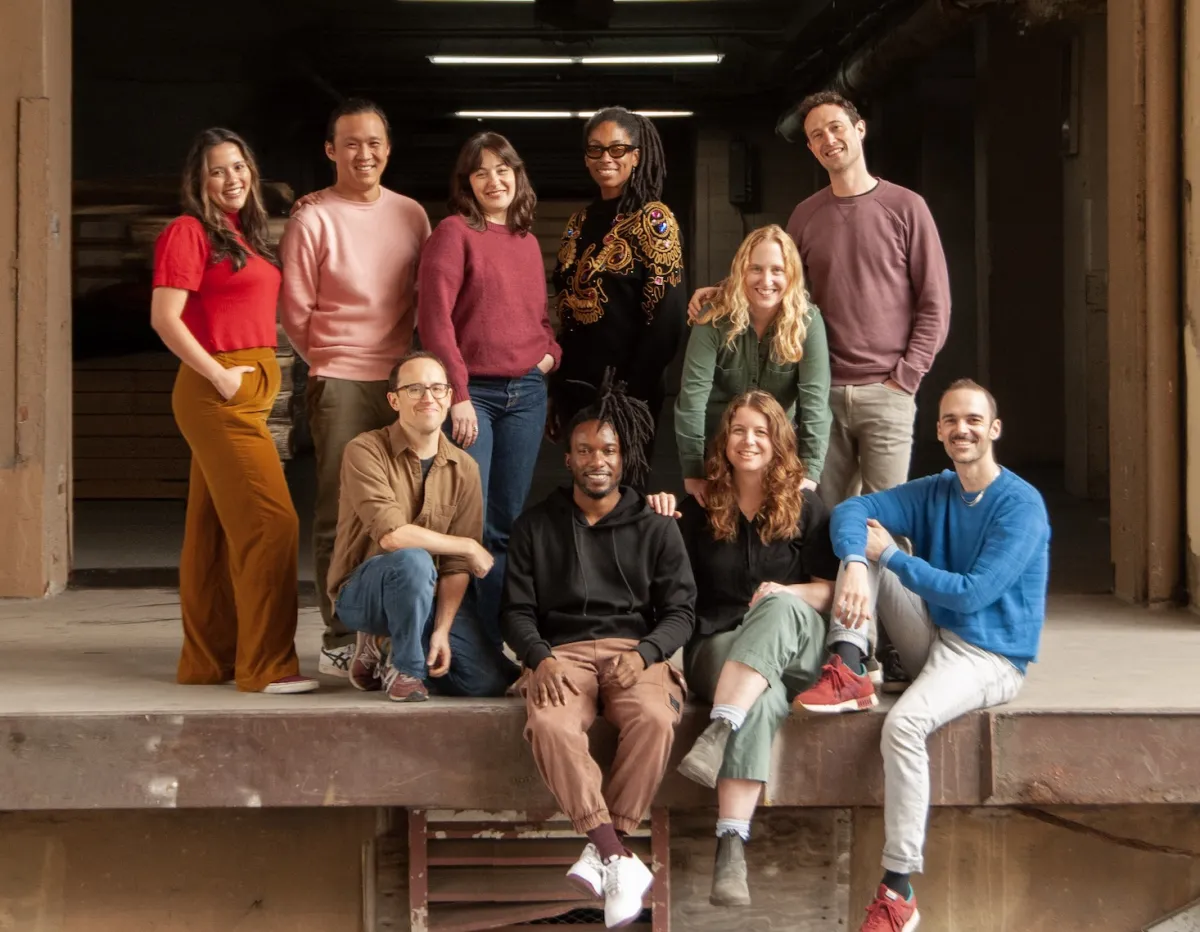

Member-owner and artist collective members of Meerkat Media. Back (L to R): Miasarah Lai, Bryan Chang, Dara Messinger, Lesley Steele, Zara Serabian-Arthur, Jeff Sterrenberg. Front: Jay Arthur Sterrenberg, Tristan Daley, Leah Galant, Eric Phillips-Horst. Image credit: Jendaya Dash.
Making a Production is Documentary’s strand of in-depth profiles featuring production companies that make critically-acclaimed nonfiction film and media in innovative ways. These pieces probe the creative decisions, financial structures, and talent development that sustain their work—in the process, revealing both infrastructural challenges and industry opportunities that exist for documentarians.
One wall of windows feeds light into the Meerkat Media office from the atrium of the Brooklyn Army Terminal, highlighting a prominent black AV equipment cage. The large equipment cage was, early Meerkat member-owner Bryan Chang told me, “always the standout design element.” Its four chain link walls run into the ceiling, but their open weave makes them see-through. In front of Meerkat’s three editing bays, and beside its large group meeting area—three couches facing each other, plus a projection screen—the cage shields some of the incoming daylight from the other half of the room, lending one side a greater sense of privacy and studiousness. Framed posters of Meerkat Media–produced films hang on the walls like certificates: Stages (their first feature documentary, 2010) and Brasslands (Rotterdam 2013) are both cooperatively made, no-frills docs, whereas Dark Money (Sundance 2018) is a sleek POV legal thriller. Meerkat also makes client promo videos and edgier independent docs, narrative shorts, and features.
It is increasingly rare for film companies and organizations to be able to afford and sustain a physical space. But Meerkat Media, a cooperatively owned production company and media arts collective based in New York, has a 15-year lease, paid for out of pocket without any subsidies. The co-op collective seems to be in it for the long haul. I spent an afternoon at the Meerkat Media office to meet with various member-owners, which is what they call the 13 people who work for the company and collectively own and run it, producing commissions for clients such as Netflix, the New York Times, and large foundations like Ford, Mellon, and Rockefeller. Besides the worker-owned production company, Meerkat Media also encompasses a 15-artist collective who share resources with the co-op and receive a stipend plus a budget for independent work. Member-owners spoke to Documentary to shed light on Meerkat’s unique co-op ecosystem and what happens when it overlaps with the more conventional doc industry.
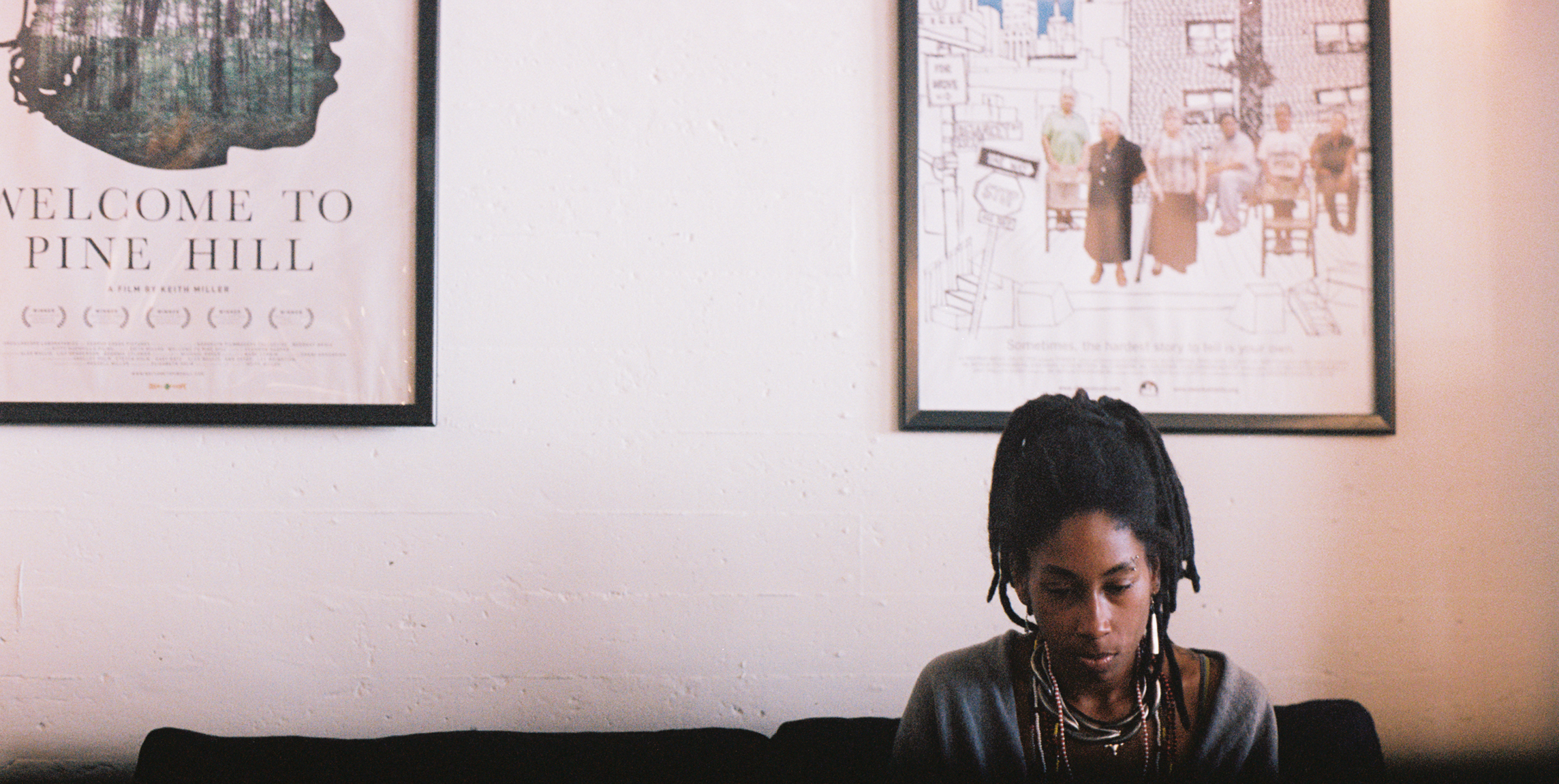
Making Decisions by Consensus
When I visited, Sana Malik— who became a member-owner in 2021—brought up a new body-worn camera stabilization system during lunch with me and the team. It had a smaller form factor, so drew less attention than, say, an EZ rig, which consists of a vest and an obtrusive “support bar” that hangs over the operator’s head. Other members worried that the new rig Malik described might not accommodate every member’s body size. If they were to spend their next surplus on new camera equipment, there was clearly much left to parse.
This casual debate reflects Meerkat’s consensus-based decision-making process, which they use to allot surplus spending, form company policy, and generally make any decision that significantly affects the co-op collective. That means, in brief, that every member-owner—not most, or all but one—has to agree on each choice made.
To not unnecessarily bog down every step of the workflow with required consensus, decision making for smaller, specific issues is relegated to Meerkat’s “working groups”: HR, finance, development, office and equipment, and branding (the most recently formed). Each member-owner is (1) required to take on the tasks of at least one working group and (2) expected to meet once weekly for updates and once monthly for full-day meetings that tackle bigger-picture issues with all members present.
“Let’s say we want to buy a new couch for the office,” Chang explained, “It’s not a 13-person conversation about the color of the couch. The office and equipment group can do some research and come to a decision. If it’s a big purchase, they’ll come to the group and be like, ‘Hey, this is the one we decided on, or this is the camera we want to get? What does everyone think?’ But smaller groups are empowered to make those decisions.”
For fulfilling co-op obligations, member-owners receive a $300 monthly stipend, a $350 health stipend, and additional payment for meeting hours. These amounts were also decided upon by consensus—the $300 stipend was the result of a COVID-19 spending freeze and cap on co-op working group hours, which was enacted to ensure Meerkat wouldn’t end up in the red and without docking pay beyond what they knew anyone could afford.
Founded in 2005 as an “informal arts collective” that formally became a worker co-op in 2014, Meerkat Media grew its consensus process over the past decade. Each member rotates as a facilitator. Sometimes the group takes “temperature checks” with hand signals to gauge how for and against a proposal members are. Chang told me, “If we hit a point where it warrants more discussion or we need to gather more information, that’s when we might pause it for the day and say, these one or two people—or this working group—go off and do more research, then come to the bigger group with some more info, or a new proposal.”
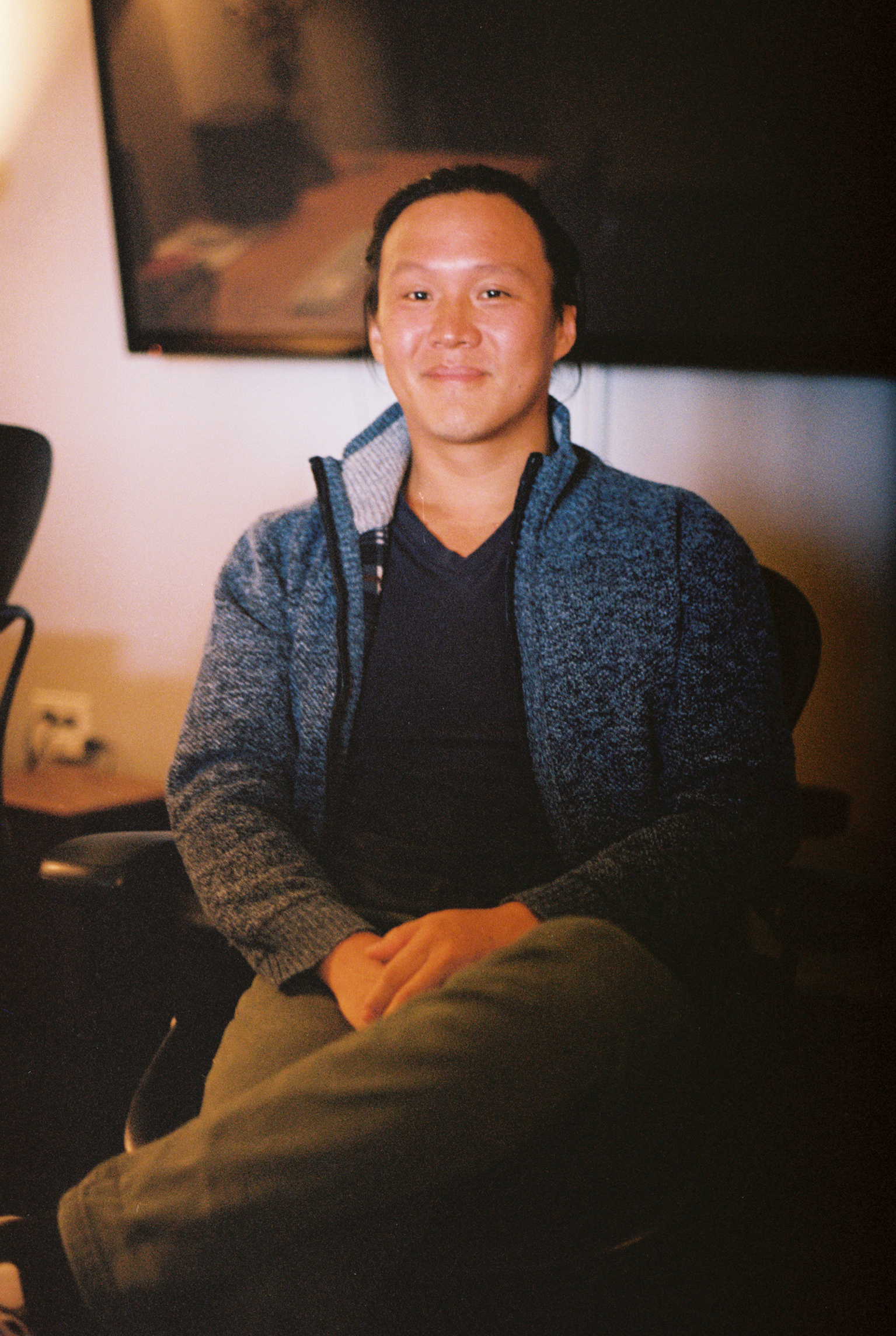
Arriving at consensus requires patience and copious time to spare, which can be tricky in an industry production environment with delivery timelines. Malik reflected on her experiences in journalism and doc production prior to joining the co-op: “At more traditional companies, I’ve flagged something that I thought was problematic and was told I had an attitude problem. I think at Meerkat, pushing against the system, when it is done with some solution and is not just to be a contrarian, is actually seen as positive.” Production companies operating in the conventional hierarchy are too spread thin to accommodate self-critique, let alone field propositions for internal change. At Meerkat, the co-op realizes such reflection and active adaptability are necessary for their collective survival.
Member-owners are encouraged to propose changes. When she first joined, Malik pushed for a rebranding. She did a survey on how everyone envisioned Meerkat’s growth and how that could inform their brand, then conducted research, wrote a proposal, and hired a branding company. “It’s almost two years later, and we’re still in the middle of it. Things are slow because there are so many steps involved, but you have the freedom to push for something. And I have a mix of this creative and strategy brain where I’m constantly trying to think about what and how we can fix something that’s not working. At Meerkat, we really get to flex that in a way that you don’t see in other places.”
This attitude encompasses Meerkat’s newest members, as well. Miasarah Lai, one of the newest member-owners and part of the office and equipment working group, had only recently finished the six-month trial period during which prospective member-owners work and learn the ropes with a Meerkat mentor. But when I asked her if she had already proposed any changes, she described her successful proposal to move meeting updates to a document, so that more discussion time could be reserved for any flags or questions.
“This organization has been around for 18 years,” she continued, “so it has been changing and reiterating depending on who shows up. But the core group created systems for the organization to change organically based on its needs.”
While Lai’s change is more procedural, Meerkat members have also proposed significant paid family and medical leave policies that the co-op adopted. Soon after Lesley Steele first joined as a member-owner in 2019, she had to request extended leave due to a sudden family emergency. “Meerkat just completely supported me in a way that I’ve never experienced from a group of people that I work with,” she said. “Most jobs, you’re lucky to get leave for a week or two. But even that’ll come out of your PTO. Meerkat stuck with me for the six to seven months that I took to heal and make sense of it. They prepared and brought me meals at times. I couldn’t believe the humanity—that they actually would not constrain me to the traditional construct of what it means to be employed.”
I was relieved to learn that a film workspace existed with the capacity to not only give Steele that time, but support her in it too. When requesting time off to grieve, I have always felt immediately abandoned by a job. Even when management can accommodate the length of a leave, their uneasiness over the loss of time, labor, and money is unconcealable. Meerkat Media’s slower consensus process and openness to fundamental changes is what allows such changes to be considered and put into action.
Meerkat members expect such large policy decisions to continue. Malik explained, “What worked for the co-op five years ago is not exactly what’s going to work now. And I think that requires a new buy-in and consensus. That is important because then I do feel like the decisions that were made before me are not being imposed on me without discussion or understanding.”
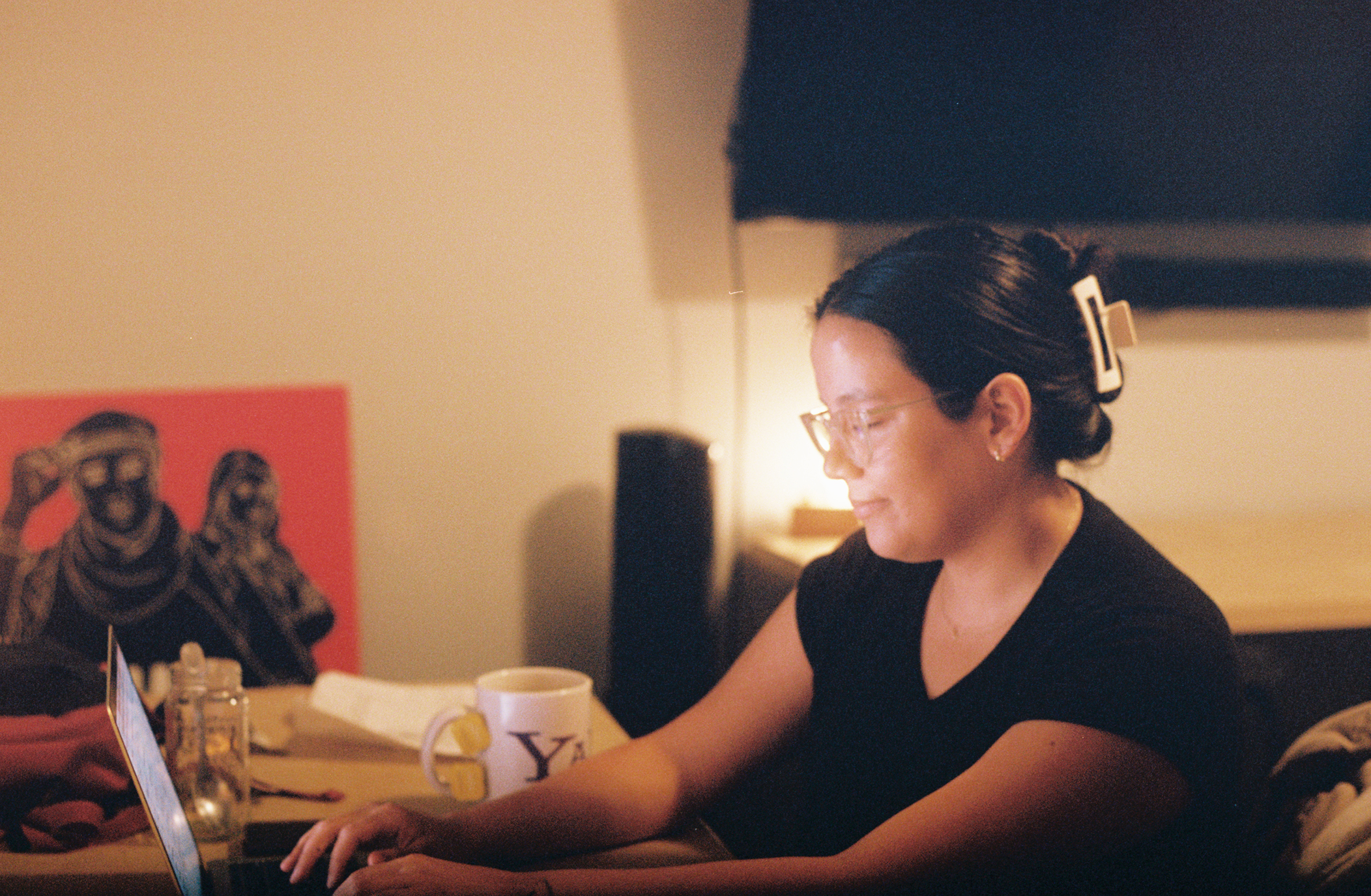
Starting a Worker-Owned Cooperative
Meerkat Media was started by a group of Sarah Lawrence College graduates. Zara Serabian-Arthur, one of the original founding members, came from a background in ensemble theater and anarchist organizing, both of which inspired Meerkat Media’s model. “Those were the two spaces where I had encountered a lot of collective process and structure. So we brought that into our early filmmaking work, thinking about how those ideas of shared responsibility, shared authorship could function in a filmmaking space.” The six original members were Chang, Serabian-Arthur, Jay Arthur Sterrenberg (now her husband), Jeff Sterrenberg, Eric Phillips-Horst, and Karim Tabbaa. “We wouldn’t even put our names on the films as directors,” she said, “It was just ‘by the collective’ in our earliest baby days.”
Stages was the first feature documentary “written, directed, and produced by the Meerkat Media collective.” The film follows an intergenerational theater workshop that was held in New York’s oldest community center, in the Lower East Side. In 2010, it won the Best Documentary and Audience Award at HBO New York Latino Film Festival and went on to have a hearty run on the circuit.
In 2010, members began doing work-for-hire under MKM LLC and funneled profits back into the collective. The co-op was still formalizing in the days of Occupy Wall Street. “There were a lot of conversations about alternatives at that time that were coming more to the forefront, and worker co-ops was definitely one of them.” Serabian-Arthur said. As she didn’t know of any film co-ops at the time, she began to familiarize herself with worker co-ops in tech and web design, and saw in them a useful organizing mechanism for Meerkat.
“New York is a really amazing place to be in a worker cooperative because there’s a really robust infrastructure of support,” Serabian-Arthur said. “The city actually provides funding for technical assistance organizations that support worker co-ops across many different industries. So I got involved with the NYC Network of Worker Co-ops, and they pointed us to various resources. I went to a legal clinic that they put on for free that helped me develop our initial operating agreement and bylaws. We didn’t see any of this reflected in the filmmaking space. But we figured, why couldn’t it also work here? Particularly because, in the more informal art-making space, that was how we had already been making creative work with our friends.”
I wish I had encountered a collective model or film co-op when I freelanced for seven years in film production, not only because Meerkat’s model felt less manic and more comfortable, but also because I have witnessed so many productions misidentify their problems—and thus also their next maneuver—due to lack of time. The co-op model feels more efficient and effective in both the short and the long run. “Capitalism’s value of moving fast was definitely something that we were pushing against, recognizing that in order to do this more consensus-based work, the most important thing is to build the trust and culture in which that kind of work is possible,” Serabian-Arthur said. “In our dominant culture, we don’t get much opportunity to learn and practice these skills. So it wasn’t something where we could just say, ‘Great, this is our process. We’re going to start doing it. Let’s bring in 10 new people.’”
In fact, Meerkat Media grew their membership deliberately slowly over the past two decades. Though starting in 2005, they waited until 2009 to add more members, 2017 to take on one more, 2019 for another, 2020 for three more, and 2022 for another three. And the impetus behind this growth was to diversify the collective through new perspectives and skill bases, rather than to increase profit. New member-owners bring new styles, critiques, wants, and demands, which ensures Meerkat does not stagnate or become too insular.
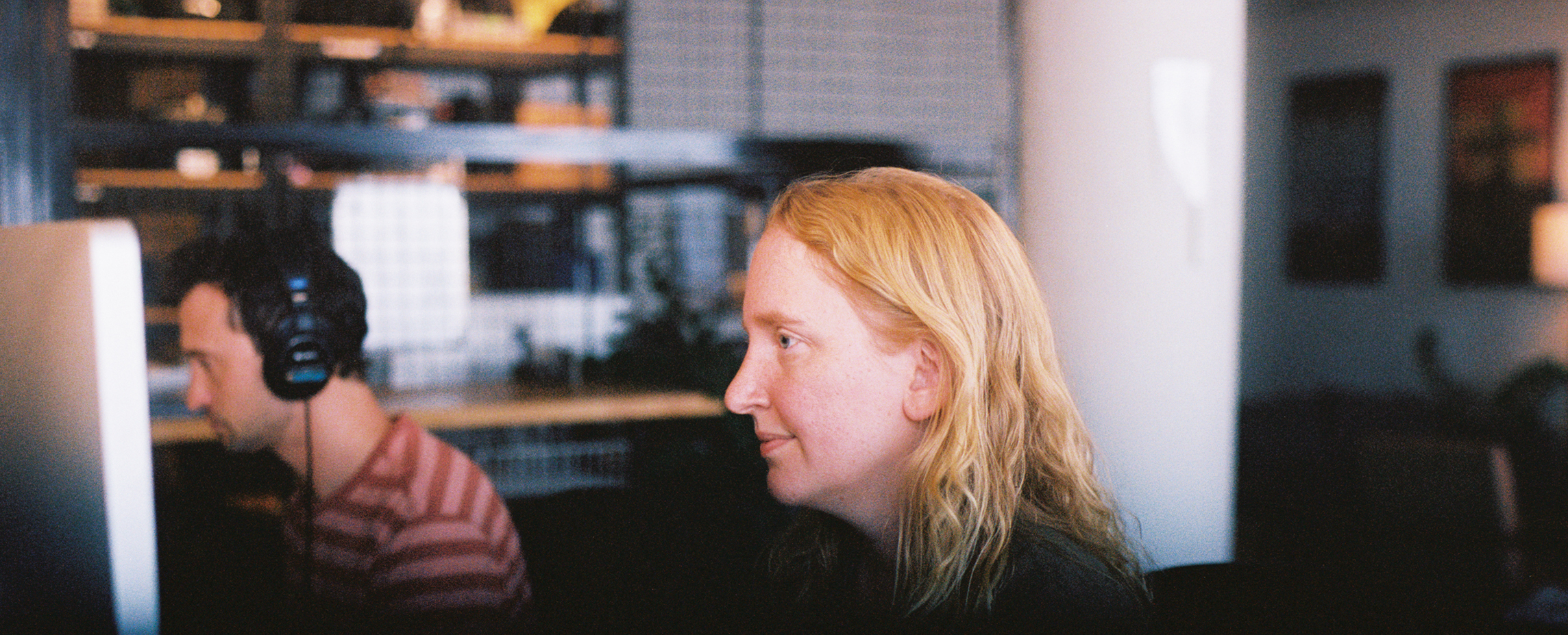
Growing With Growing Clientele
Not all of the distributed structure of the original co-op still exists today. Once attributing their films broadly to the collective, Meerkat now distributes its credits and crew roles more traditionally, which its members attribute to the collective’s financial growth. “In the last decade,” Serabian-Arthur said, “we’ve been much more focused on supporting the individual voices of each artist. We need to make sure that, as we’re working with bigger and bigger firms, companies, and organizations, we work in ways that are efficient and comfortable for them. The way we’re organized has to be legible to them.”
The changes extend beyond crediting guidelines to rates and division of labor, as well. In the early days, collective members were paid the same day rate regardless of the type of labor. Today their day rates are similar, but they attempt to account for and measure differences in labor output across different projects and roles. Chang elaborated on how day rates today prioritize the person who is “producing and holding the mental space of a whole client relation, and is the primary driver on that project. Their rate is a little bit higher than the day rate for somebody who just comes on one shoot day or something like that.” Although egalitarian and radical, member-owners decided that having the same day rate no longer made sense in the film industry “to protect our members and give everybody a fair wage.”
In other ways, however, the anti-capitalist drive persists. For example, Meerkat members are encouraged to develop proficiency in different crew roles, not just the ones they already are skilled in. On one project, your sound person and your gaffer might have been your producer and your director on the last set. This ethos is baked into Meerkat’s structure. So that members don’t settle into or hog the same positions, the co-op implements three different rotations: project lead (what they call a director/producer), crew positions, and editing. After you’ve finished a project in a given role, you’re moved to the bottom of the priority list for that role. This system also allows members to gain experience in roles they have less experience in. Lai compared this structurally ensured opportunity to her past freelance experience: “Who will hire you as an editor if you’re like, I’ve only done it X amount of times? But [at Meerkat] there’s this understanding and willingness to help develop each other professionally, which is unlike any other place.”
Project leads are encouraged to crew up in accordance with the rotations, but aren’t totally beholden to them. If they think it’s important to hire based on other project-dependent needs and priorities, they can use their judgment. If there are no member-owners available to fill a role, they can defer to the artist collective or other freelancers. While crewing up for the Emmy-nominated, five-part doc-series Sesame Street in Communities, in which Black and Brown families were interviewed about race, Malik employed freelancers to ensure an all-BIPOC crew.
Standardized rates, new-skill building, and representative crew building feel hardly possible to pull off on most sets but are ubiquitous in the Meerkat Media bubble. I assumed this meant their unorthodox methodology often rubbed up against the expectations of their conventional clientele. In fact, as Serabian-Arthur explained, they’re not always aware of it: “Some of our clients know we’re a co-op, and that’s one of the reasons they like working with us. Many of our clients have no idea. They just think that we’re a really talented production company that creates really high-value, high-quality work for them, because, from the client side, they’re not sitting in on our meetings about how we’re going to spend our surplus.”
So long as they deliver a final product, for the most part Meerkat can internally distribute the client’s budget and structure productions however they please. “How do you reconcile [the consensus model] with the fact that you have to be competitive with other businesses that bake exploitation into their model?” Their prices have to remain competitive with these traditional production companies. Perhaps it’s worth it to you as a client because you not only get a beautiful film but your money also helps them keep the lights on, covers their overhead, supports the artist collective’s work, and maintains cameras that are used to shoot a variety of independent films. All the while you can know that “there are no people in the back office working under terrible conditions to support the face of the company,” as Serabian-Arthur puts it.
Malik’s long-term rebranding project aims to make Meerkat’s unique assets more immediately clear from the outside. “It’s hard pitching ourselves against other companies to traditional agencies that might be looking for a certain type of director-led vision, and we can do that work. We’ve proven that we can do that work. I want people to be like, ‘Meerkat, they’re kick-ass because they’re doing something different, and with care, in this otherwise very hierarchical industry.’”
In my talk with Bryan Chang, he alluded to a group dynamic theory that cites 12 or 13 people as the “limit for how many people you can have in one room and still get things done, and with all voices heard. Imagine 50 people in a room—it’s not really possible to have a real conversation.” At 13 member-owners, Meerkat Media has hit that theoretical limit.
So what does future growth look like at Meerkat? Everyone I talked with wanted to close the creative gap between client work and independent work. Ideally, the latter could pay the bills. More tellingly, everyone confessed how challenging the consensus process can be, though it is a challenge they prefer to those caused by top-down decision making and the incapacity for transparent communication.
Serabian-Arthur put it this way: “Any challenges we face are just the challenges of surviving in capitalism. And if we were a more traditionally structured business, we would just experience the problem of there not being enough money differently—because we’d be the person not getting paid enough, or the person that got laid off when times get tough. The reason I come back to this model is that we have the power to make decisions about how we’re going to address challenges together. We’re not trying to survive alone. There’s something about knowing that there are 12 other people who are up at night figuring out how are we going to survive this and that we have the power to say, ‘Okay, we’re going to immediately pivot to doing this new thing that seems like it’ll work—and we don't have to lay off anybody to do that.”
A.E. Hunt is a Brooklyn-based filmmaker from Illinois, and a freelance theatrical booker, programmer, and film critic in publications like Criterion, Seen, Sight & Sound, and Rappler. He recently edited a two-volume memoir about writer and director Mike De Leon’s life during the first and second golden ages of Philippine cinema, Last Look Back, and curated a program of new VFX/post-heavy films made by young filmmakers in the Philippines, Paglipas ng Gunaw (When the Apocalypse Is Over).




